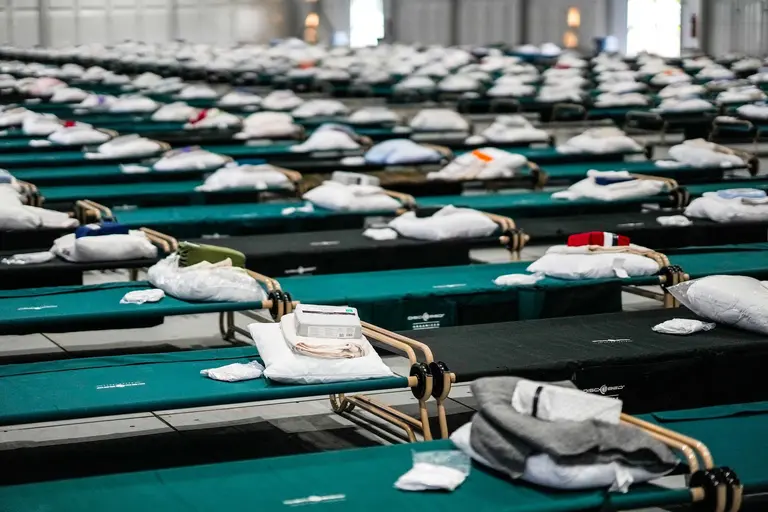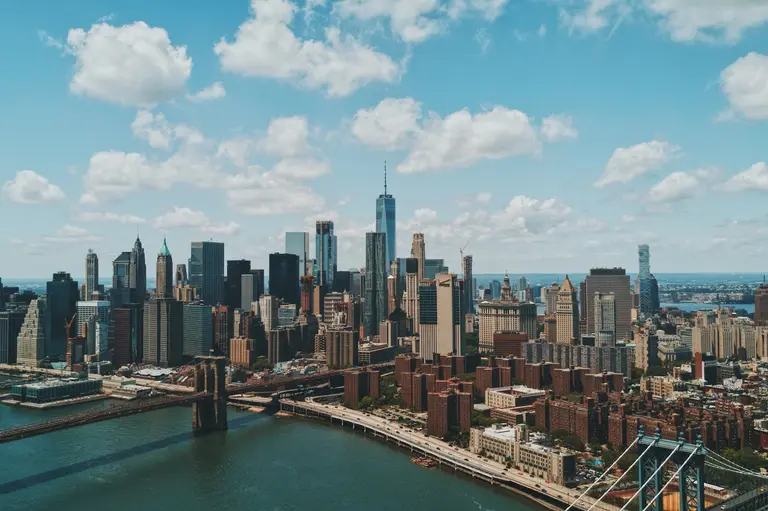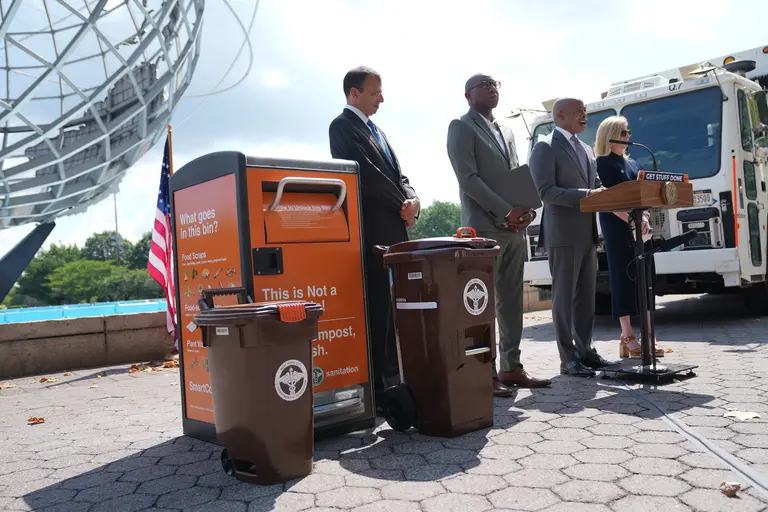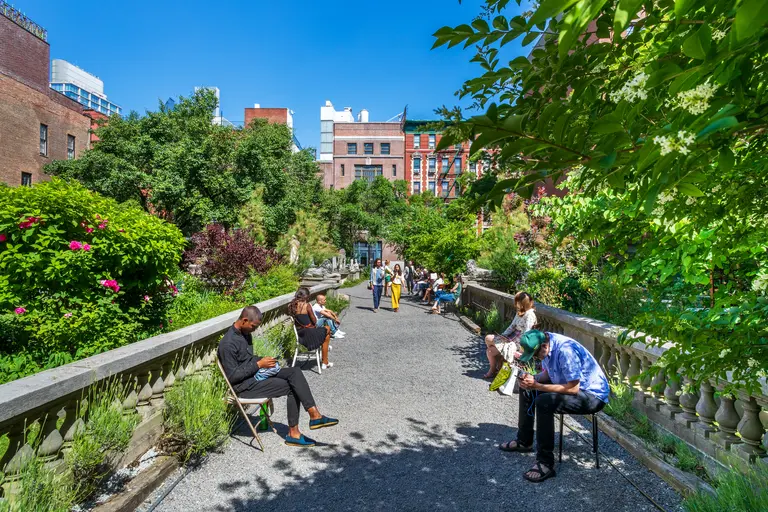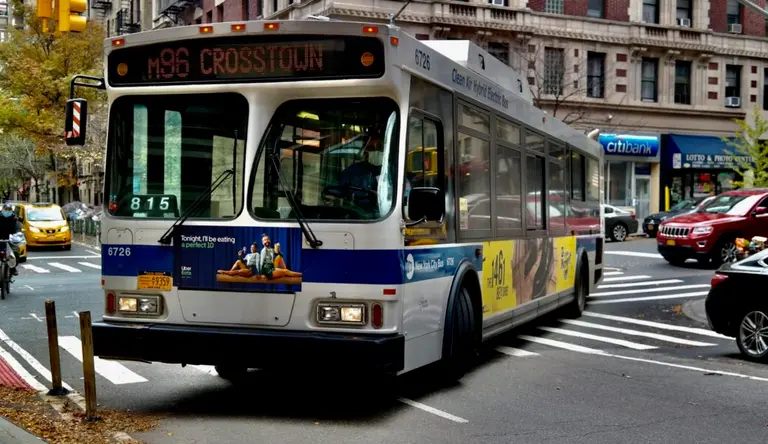NYC opening 2,000-bed migrant shelter on Randall’s Island
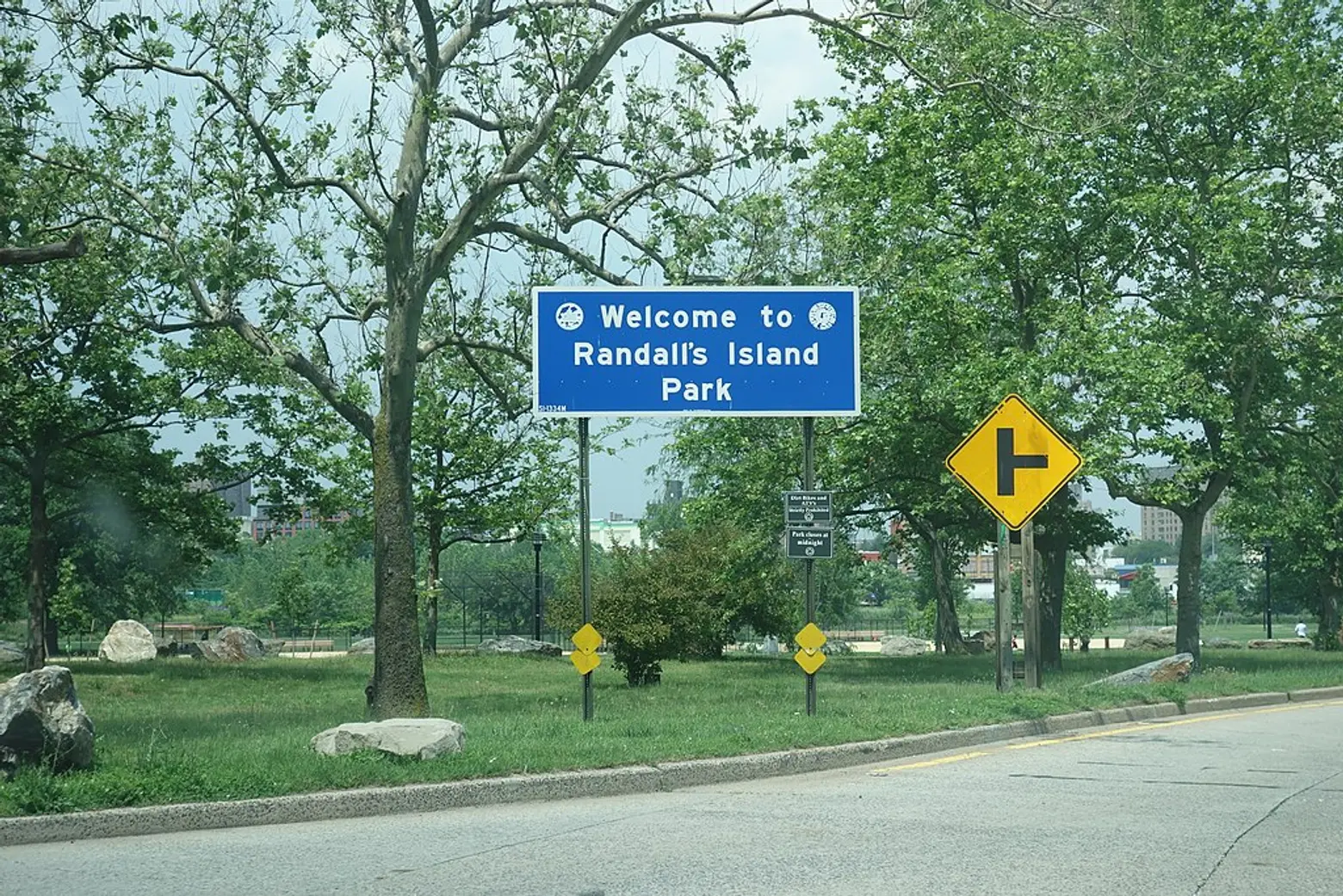
Photo by Tdorante10 on Wikimedia
It’s round two for a shelter on Randall’s Island. Mayor Eric Adams this week announced plans to construct a new humanitarian relief center for 2,000 single adult men seeking asylum. The city opened a shelter for migrants on Randall’s Island in November but shut it down a month later after it sat mostly empty. As the crisis continues for the city, which has received nearly 100,000 people since last spring, Adams said a shelter of this scale is necessary.
The massive tent shelter is being built on the park’s East River Fields, which is used for soccer and other sports. According to the city, the shelter will offer a “range of services, in addition to ensuring asylum seekers can reach their desired destination if not New York City.”
Officials have still not announced the shelter’s exact opening date.
When the first Randall’s Island shelter opened last fall, some city officials and immigration advocates took issue with the shelter’s secluded location and close proximity to the water which would make it extremely cold during the winter and be prone to flooding, according to City Limits.
New York State will reimburse the city for the associated costs of the site, including construction, maintenance, and staffing, the Adams administration said. The announcement of the new shelter comes just days after a state supreme court judge ordered the city to come up with ways the state could help with the current migrant crisis. According to Crain’s, the plan for the shelter was in the works before the judge’s order but the ruling could mean the city requests more state facilities be used for shelters.
Adams and city officials have asked the state for more support. While the state is currently giving $1 billion towards the city’s projected $4.3 billion bill for its migrant spending, Hochul only just now announced plans to open three shelters in state-owned buildings while the city has already created 194 shelters and 13 relief centers since the crisis started. The federal government has provided roughly $150 million.
On Wednesday, Adams released the updated and projected cost of the crisis. The city spent $1.45 billion in the fiscal year 2023, with a projected $3.58 billion by 2024 if the shelter population stays the same. According to the city, without further support and based on current trends, the city could spend upwards of $12 billion over three fiscal years.
The city also released its list of requests from the state, which includes: implementing a statewide decompression strategy to ensure all localities do their part in aiding the city, increasing the number of state-run and state-provided relief sites, and providing funding to help with costs that have already been incurred.
“As the number of asylum seekers in our care continues to grow by hundreds every day, stretching our system to its breaking point and beyond, it has become more and more of a Herculean effort to find enough beds every night,” Adams said.
“We’re grateful to Governor Hochul and New York state for their partnership in opening this new humanitarian relief center and covering the costs, and we need more of the same from all levels of government.”
Last week after asylum seekers were forced to sleep on the sidewalk outside Midtown’s Roosevelt Hotel while waiting to be assigned a bed, the Legal Aid Society requested an emergency hearing with a judge. At the time, Adams said the city had run out of space.
NYC offers asylum seekers the right-to-shelter, a decades-old mandate that guarantees any migrant arriving in the city a place to sleep. However, because of the crisis, Adams made efforts to roll back the right-to-shelter mandate, requesting in May the rule be rewritten to allow the city to suspend the right if it “lacks the resources and capacity to establish and maintain sufficient shelter sites,” according to Gothamist.
Adams on Wednesday again called upon the federal government to provide support by accelerating work authorizations for asylum seekers, declaring a state of emergency to manage the crisis at the border, providing more reimbursements for the costs the city has had to pay, and implementing a country-wide decompression strategy to more fairly distribute incoming migrants.
RELATED:
- NYC to close Randall’s Island migrant shelter after a month
- Rec center in McCarren Park to house asylum seekers
- Adams touts affordable housing production as city runs out of room for migrants
- NYC’s shelter system reaches a record 100,000 occupants
- Citing influx of migrants, Adams looks to suspend NYC’s right to shelter rule



